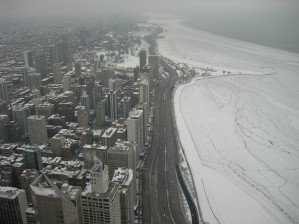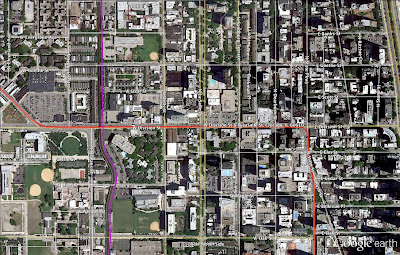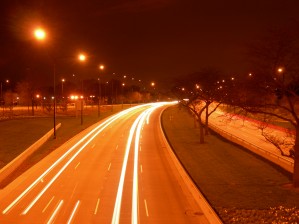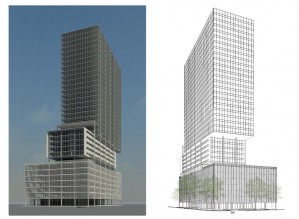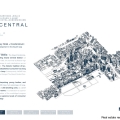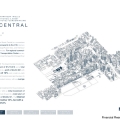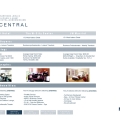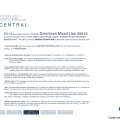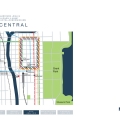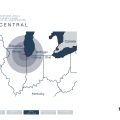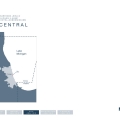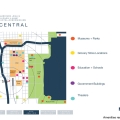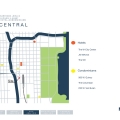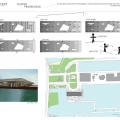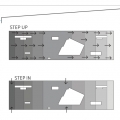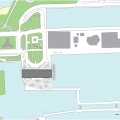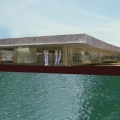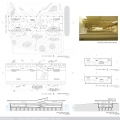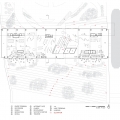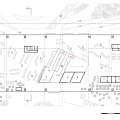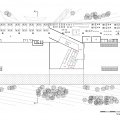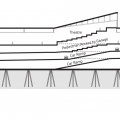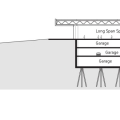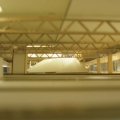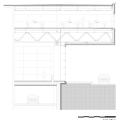Curious accident involving a Chicago Police vehicle:
A report of an “assault in progress and a person on the tracks at the Fullerton Red Line stop” apparently required a police SUV to race from River North all the way to Lincoln Park. All possible routes between these two locations involve at least two miles of driving. This author would be very interested to hear the rationale for requiring officers to race across the city in order to respond to crime at one of the busiest stations in the CTA. Averaging out daily ridership between 2002 and 2010, the Fullerton CTA stop was the fifth busiest in the system. Surely a strong police presence in the vicinity of Fullerton and Belmont on the Red Line is justified, yet officers responding to a disturbance at Fullerton had to come from River North.
There are possible explanations for this. One is the responding officers called for backup and said backup had to come from River North due to officers nearby being engaged in other duties. Another is that perhaps the officer being summoned had special training that would be useful. The article in question does not say why the officer had to travel so far. This is just another example of the nonsensical approach to police deployment practiced by the CPD. Some might recall the officer who was killed when his cruiser skidded off Lake Shore Drive while responding to a burglary at a cell phone store in the 3100 block of North Clark:
An officer or two stationed at Belmont for the upcoming rush hour could have literally drove a few blocks around the corner and responded to this burglary. Instead an officer had to be summoned from over a mile and a half away to respond to a property crime and was killed. Even the Town Hall District police station was closer to the scene of the crime.
This author looks forward to the Chicago Police setting a new record for distance traveled during a crime response at a transit station:
“This just in. Chicago Police cruiser struck at Lake Shore Drive and 31st Street while responding to assault at Union Station, Chicago’s main commuter and long distance rail hub”

